
Roots
For those of us whose crowns carry the coiled stories of generations, whose strands curve and spring with the rhythm of distant drums, the journey of hair care is never simply about products. It is a pilgrimage back to the source, a tender inquiry into the wisdom held in every twist and turn. Consider, for a moment, the shea nut, a humble seed from the heart of West Africa. For centuries untold, its creamy butter has served as a balm, a protector, a silent confidant to textured hair across the diaspora.
We stand today at a crossroads, where the whispers of ancestral practice meet the precise pronouncements of modern science, each voice affirming the other, painting a fuller portrait of this ancient tradition. Our understanding grows not by displacing the old with the new, but by recognizing how deeply the old was, in its essence, true.
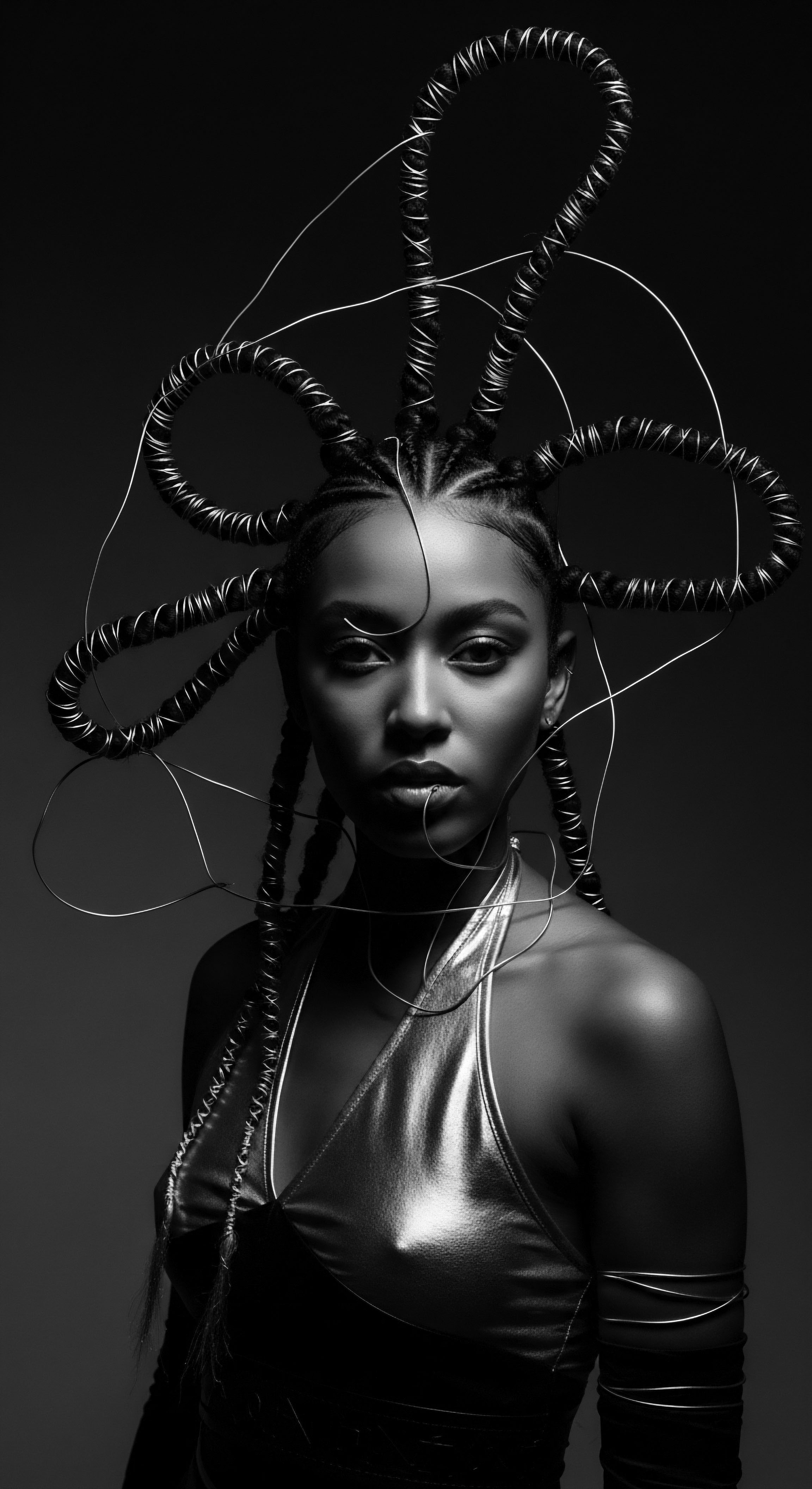
The Microscopic Tapestry of Textured Hair
To truly appreciate shea butter’s enduring efficacy, we first look inward, to the very fiber of textured hair. Unlike its straighter counterparts, textured hair possesses a unique elliptical cross-section and a distinct pattern of keratinization. This inherent structure leads to varying degrees of curl, from waves to tight coils, and consequently, a cuticle layer that often lifts more readily at the curves. This can mean a greater predisposition to moisture loss and increased susceptibility to mechanical damage.
Our forebears, through generations of keen observation, understood this fragility, even without electron microscopes. They observed how the sun dried, how the wind broke, and how certain natural unguents brought life back to brittle strands. Their practices, passed down through oral traditions and communal rituals, reflected an intuitive grasp of hair’s delicate architecture. Shea butter, with its rich, unctuous nature, provided an ideal shield, a protective layer that seemed to soothe and seal.
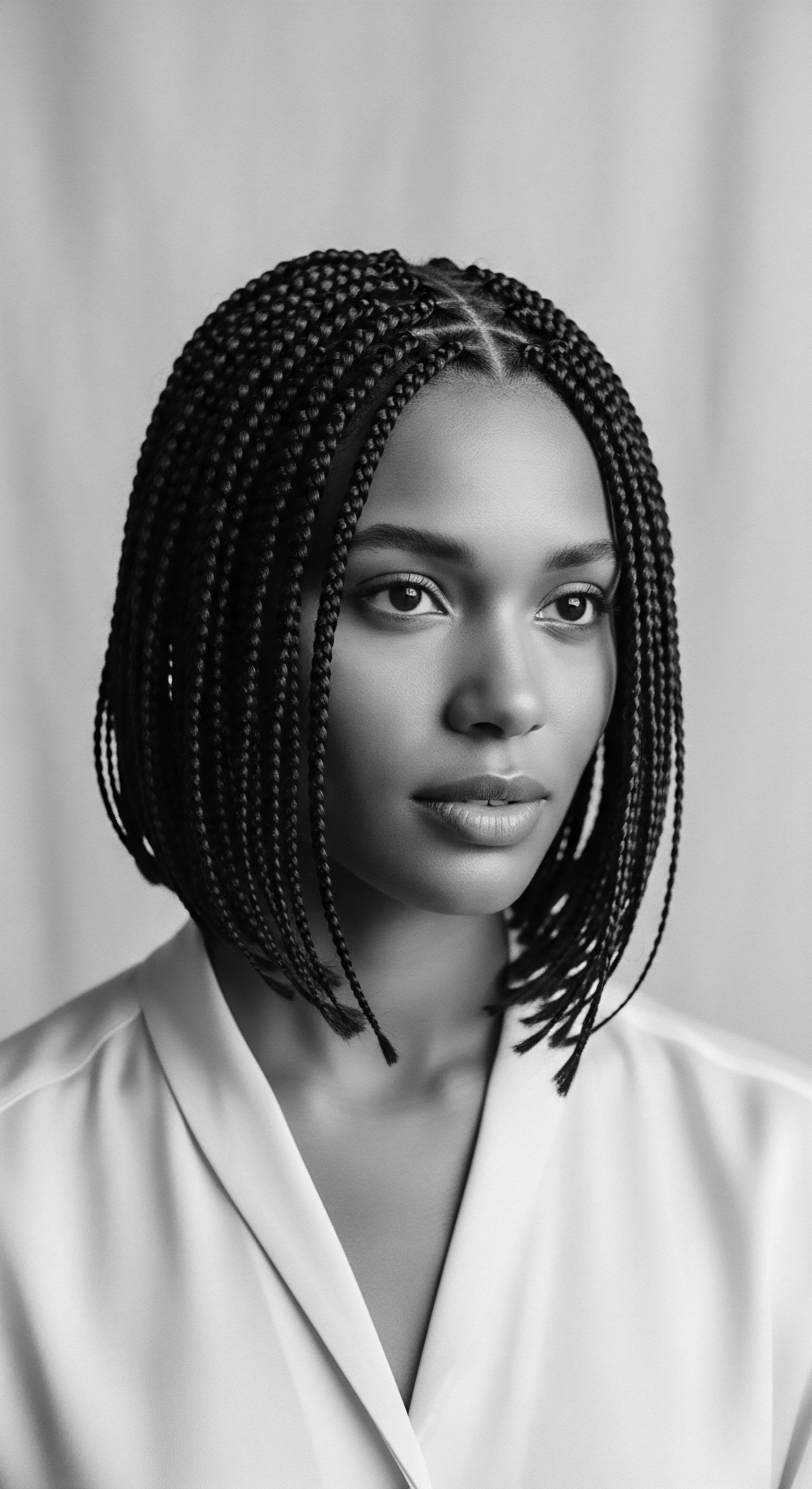
Shea’s Ancestral Origin
The shea tree, Vitellaria Paradoxa, holds a sacred place in numerous West African cultures. From Senegal to Uganda, these trees—often referred to as ‘women’s gold’—have sustained communities, providing food, medicine, and, certainly, hair and skin care. The collection of shea nuts, the painstaking process of drying, crushing, roasting, and kneading to extract the butter, was a communal effort, often performed by women. This was not a commercial enterprise in its historical context but a cherished ritual, a rhythm of life tied to the seasons and the land.
The butter, rich and golden, was not just an ingredient; it was a symbol of sustenance, health, and familial continuity. Scientific inquiry now confirms the treasure within ❉ a complex mixture of fatty acids and unsaponifiable components that grant shea its remarkable properties.
Shea butter, for centuries a cultural cornerstone in West African societies, provides a compelling bridge between ancestral wisdom and contemporary scientific understanding of hair care.
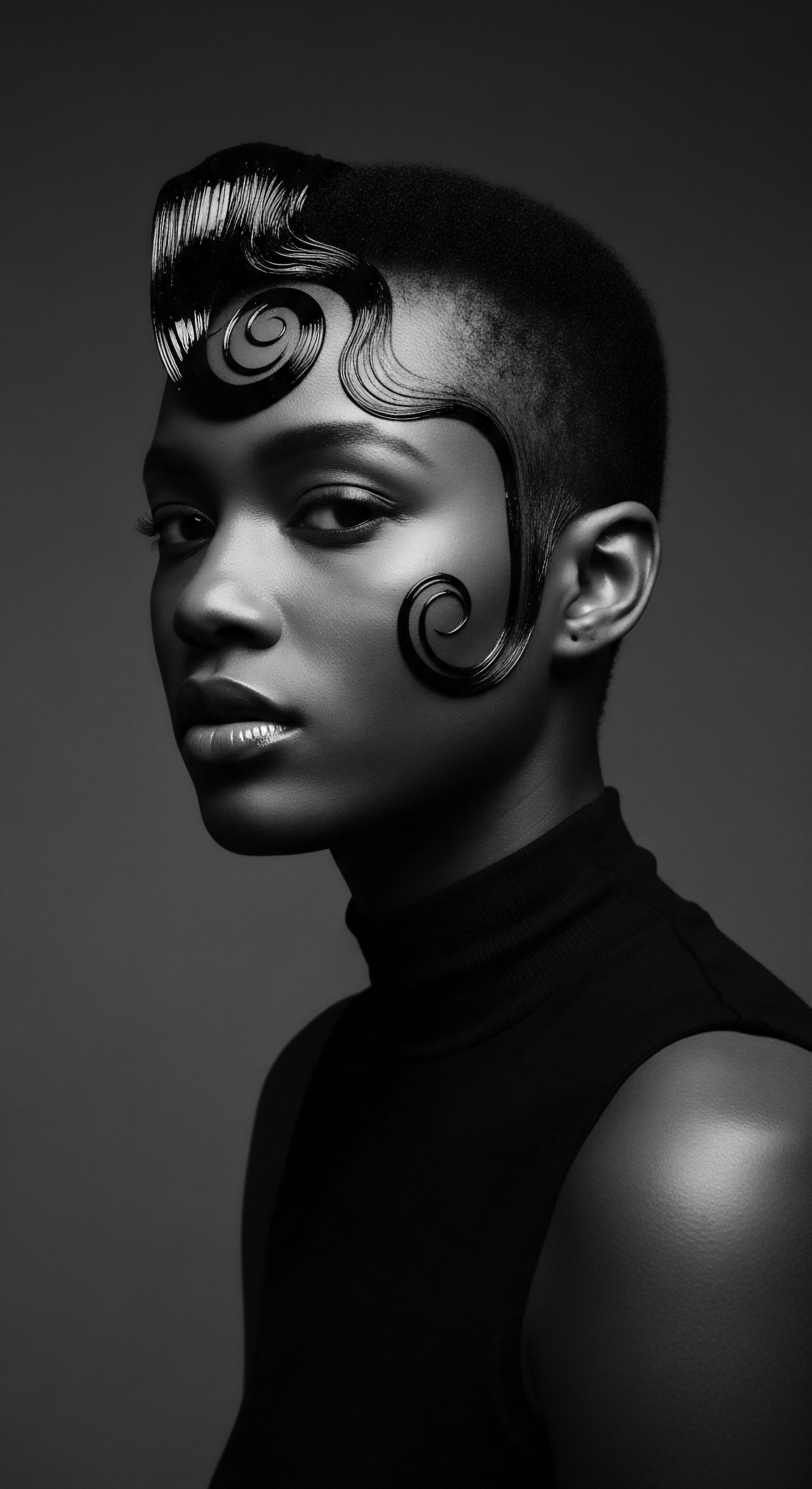
The Fatty Acid Symphony
Modern analytical chemistry has meticulously dissected shea butter, revealing the precise molecular choreography that makes it so potent. The primary components are a symphony of fatty acids ❉ Oleic Acid (a monounsaturated fatty acid), Stearic Acid (a saturated fatty acid), and Linoleic Acid (a polyunsaturated omega-6 fatty acid). Each plays a crucial part. Oleic acid, akin to olive oil, deeply moisturizes, penetrating the hair shaft to replenish lipids.
Stearic acid provides a protective, occlusive layer on the hair’s surface, reducing transepidermal water loss and preventing moisture evaporation—a scientific explanation for the ‘sealing’ power observed by our ancestors. Linoleic acid supports the hair’s lipid barrier, contributing to elasticity and strength. This balance of saturated and unsaturated fats is critical; it gives shea butter its unique texture and its ability to condition without excessive greasiness.

Ceramides and the Hair Barrier
Beyond the fatty acids, shea butter contains a significant unsaponifiable fraction—components that do not turn into soap when exposed to alkaline substances. This fraction is particularly rich in phytosterols, triterpenes, and, crucially, compounds that mimic the function of Ceramides. Ceramides are naturally occurring lipids that act as the ‘mortar’ between the ‘bricks’ of the hair cuticle cells, strengthening the hair’s outer layer and preventing damage. For textured hair, where cuticles can be more prone to lifting, reinforcing this barrier is paramount.
Scientific studies now confirm that plant-derived lipids, such as those in shea butter, can indeed improve the hair’s surface properties, reduce friction between strands, and enhance its resistance to breakage. (Mogil et al. 2011). This molecular understanding validates what generations already knew ❉ a good application of shea butter leaves hair stronger, more pliable, and less prone to the daily ravages of life. It’s a remarkable confluence, truly, of ancient observation and contemporary laboratory discovery.

Ritual
The hands that plaited, twisted, and sculpted hair in ancestral villages understood an unspoken science. Their techniques, often laborious and precise, were not just about aesthetics; they were acts of preservation, methods to protect fragile strands from the elements and the rigors of daily life. Shea butter, often warmed by the sun or the palm of a hand, was an indispensable medium in these rituals.
Its very texture—softening with warmth, providing grip and glide—made it perfectly suited to the art of shaping textured hair. The traditional styling practices, still honored and performed today, find scientific affirmation in shea butter’s contribution to hair’s resilience and manageability.

The Art of Protection
Protective Styling, a cornerstone of textured hair care across generations, finds its deepest roots in necessity. Braids, twists, and locs were not merely ornamental; they shielded hair from environmental aggressors, reduced tangling, and minimized breakage from daily manipulation. Our ancestors instinctively understood that leaving hair exposed led to greater fragility. Shea butter became a vital partner in these styles.
Before braiding or twisting, hair would be generously coated. Scientifically, this acts as a Lubricant, reducing friction between hair strands during the styling process. This minimizes stress on the delicate cuticle and cortex, preventing mechanical damage that can lead to split ends and breakage. The butter also seals moisture into the hair shaft, which is particularly important when hair is tucked away in a protective style for extended periods.
This barrier against moisture loss helps maintain hair elasticity and prevent brittleness. The enduring popularity and efficacy of these styles, bolstered by emollients like shea butter, demonstrate a timeless understanding of hair mechanics.
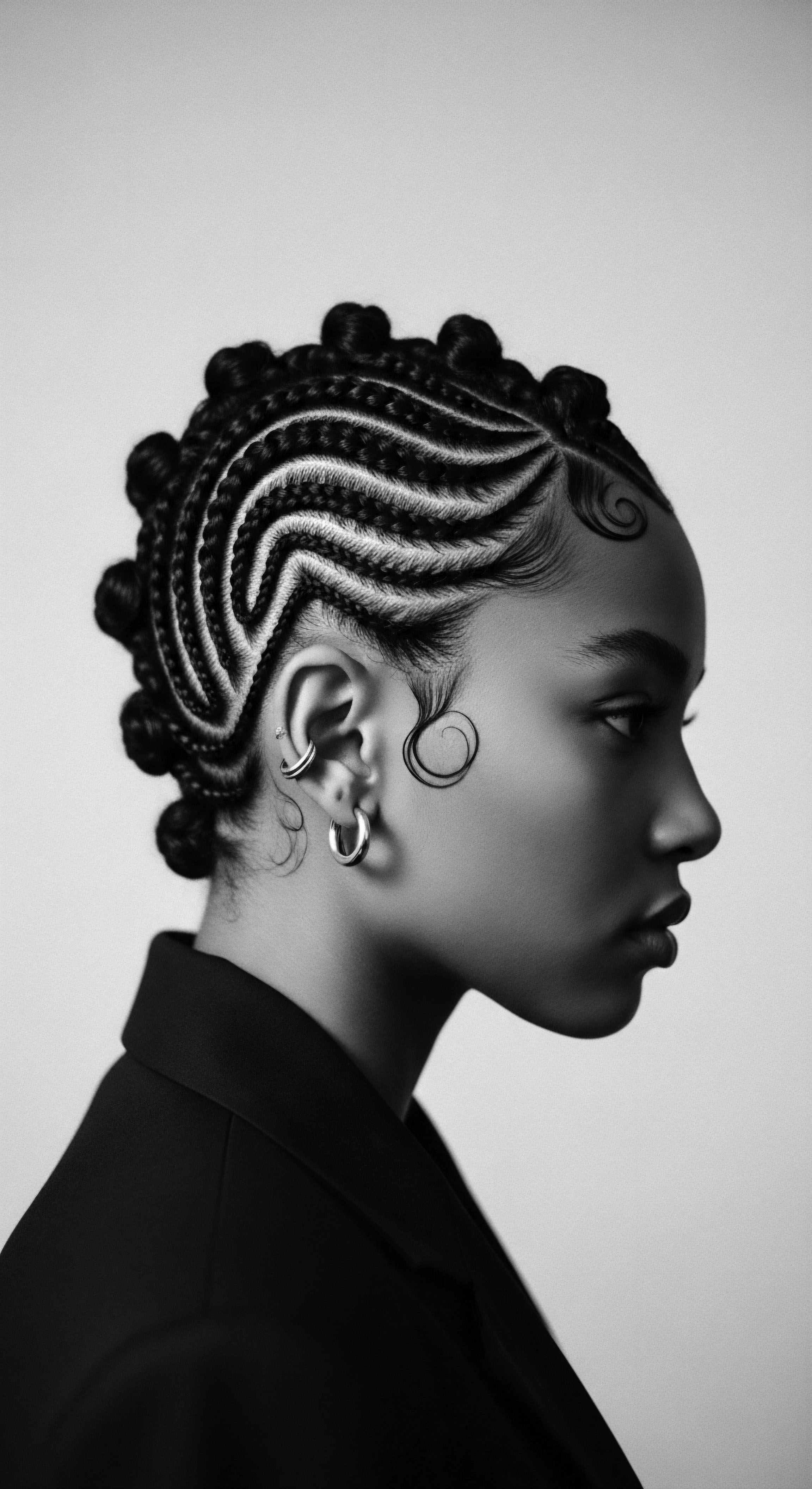
Shea as a Styling Medium
The unique rheology of shea butter—its flow and deformation properties—made it an ideal styling agent. As it melts slightly with body heat, it becomes pliable, allowing for smooth application and even distribution. Its ability to solidify slightly upon cooling provides a gentle, flexible hold for styles without stiffness or flaking. This ‘soft hold’ was particularly useful for defining curls and coils, enhancing their natural pattern.
Historically, this meant smoother braids, more defined twists, and a polished appearance that lasted longer. From a scientific viewpoint, the fatty acid profile of shea butter creates a thin, uniform coating on the hair fiber. This coating smooths the cuticle layer, reduces light scatter, and thus enhances the natural sheen of textured hair. This explains why hair treated with shea butter often appears more vibrant and defined, a visual testament to its conditioning and styling capabilities.
| Ancestral Practice Pre-braiding hair coating |
| Observed Benefit (Traditional Wisdom) Hair is easier to braid, smoother, less breakage. |
| Scientific Validation (Modern Understanding) Shea's fatty acids lubricate hair, reducing friction and mechanical stress during manipulation. |
| Ancestral Practice Daily application for shine |
| Observed Benefit (Traditional Wisdom) Hair appears healthy, vibrant, and defined. |
| Scientific Validation (Modern Understanding) Shea's lipid coating smooths cuticle, reflecting light for enhanced gloss; defines curl patterns by clumping strands. |
| Ancestral Practice Post-wash "sealing" |
| Observed Benefit (Traditional Wisdom) Moisture stays in hair longer, preventing dryness. |
| Scientific Validation (Modern Understanding) Occlusive properties of stearic acid reduce transepidermal water loss from the hair shaft. |
| Ancestral Practice The enduring wisdom of ancestral practices with shea butter is consistently supported by contemporary scientific findings regarding hair structure and lipid chemistry. |
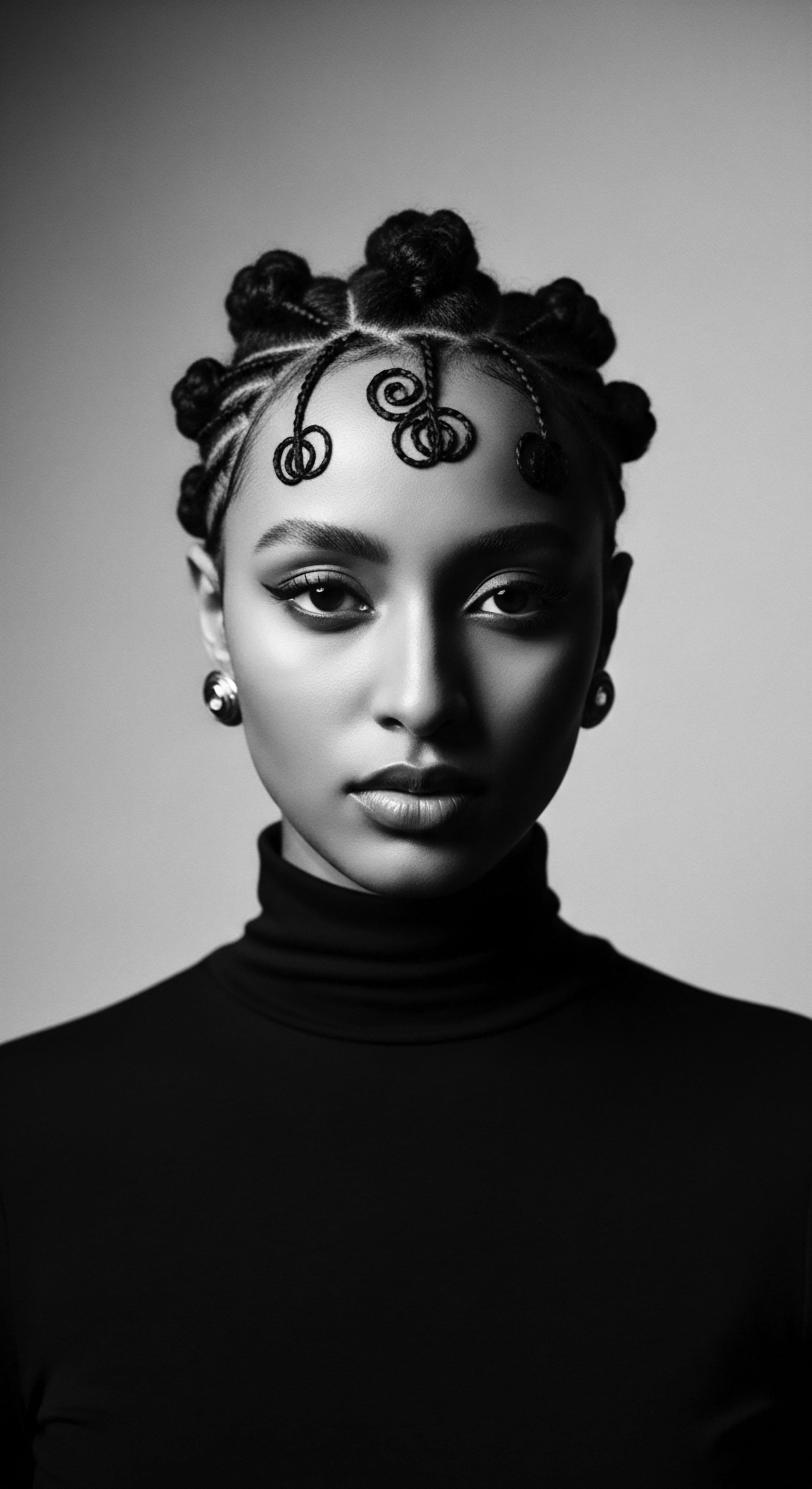
Traditional Tools and Their Shea Connection
The implements of ancestral hair care were extensions of the hands, crafted from natural materials. Wooden combs, often carved with symbolic motifs, and wide-toothed picks were essential. The application of shea butter facilitated the use of these tools, allowing them to glide through densely packed curls without snagging or causing undue stress. The butter minimized friction, enabling smoother detangling and more comfortable styling sessions.
Even the simple act of finger-combing, often practiced while applying shea, benefited from its slip-enhancing properties. This harmonious relationship between the natural tool, the ancestral hands, and the natural emollient allowed for gentle, respectful manipulation of hair that honored its innate texture and fragility.
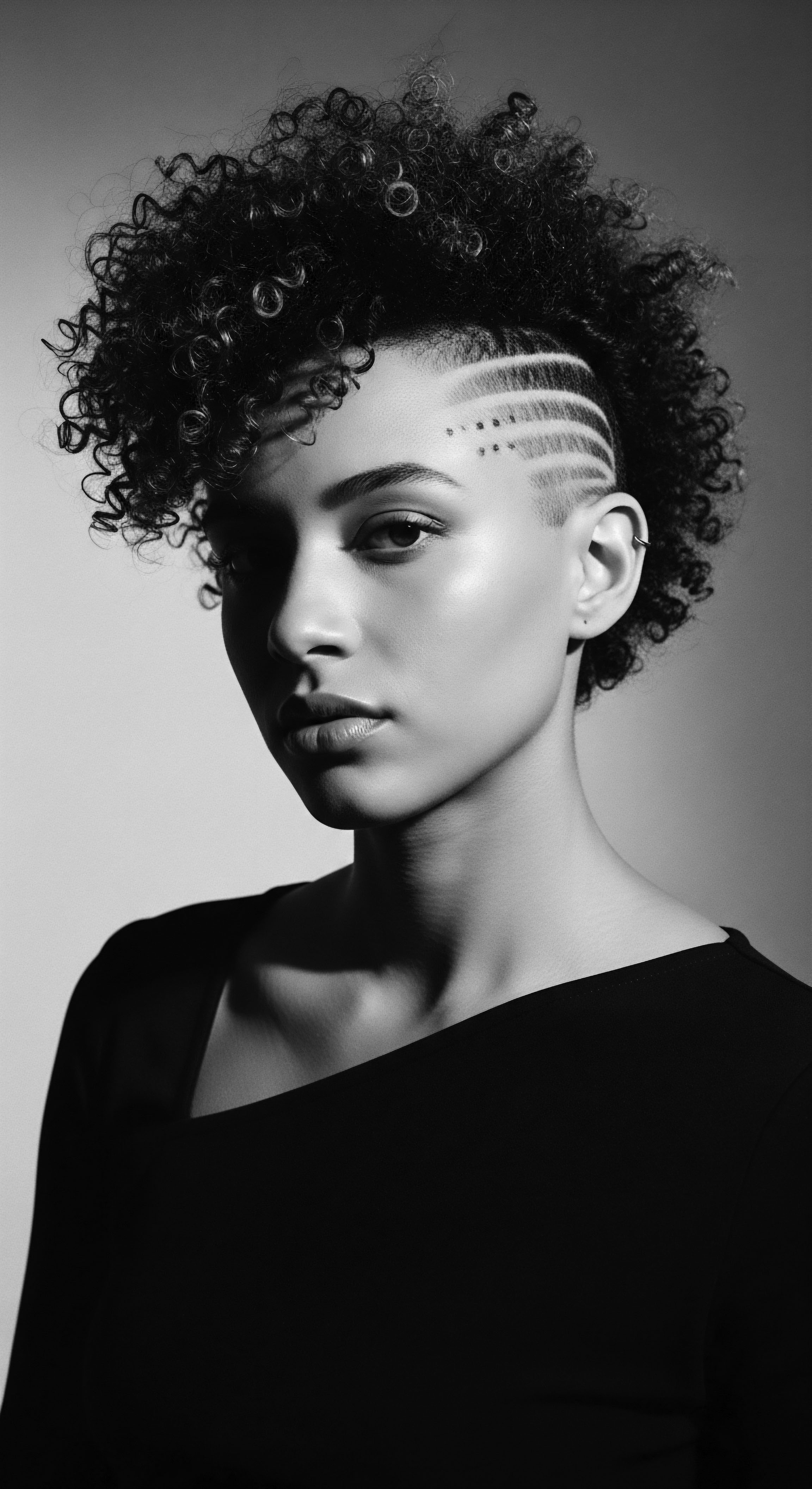
How Does Shea Butter’s Composition Aid Hair’s Resilience?
The resilience of textured hair, so deeply cherished in ancestral traditions, is profoundly aided by shea butter’s unique molecular makeup. Beyond its fatty acids, the presence of triterpene alcohols (like Lupeol and Cinnamic Acid Esters) in shea butter’s unsaponifiable fraction provides anti-inflammatory and antioxidant properties. This means shea butter can help soothe an irritated scalp and protect hair from environmental oxidative stress, factors that contribute to fragility and breakage. A healthy scalp is, after all, the foundation for healthy hair growth.
Furthermore, the combination of its emollient and occlusive properties helps to fortify the hair’s external lipid layer, forming a protective barrier that seals in moisture. This strengthens the hair shaft’s integrity, making it less prone to the microscopic cracks and fissures that lead to breakage, particularly for textured hair, which is more vulnerable due to its helical shape and multiple points of torsion. Ancestral users might not have known the specific molecular compounds, but they certainly observed the strengthening effect, noting how hair became more robust and less prone to shedding with regular shea applications.

Relay
The continuity of care, the daily and nightly practices that safeguard textured hair, represent a living relay of ancestral wisdom. It is in these consistent rhythms that the true power of natural ingredients, particularly shea butter, truly shines. Beyond mere application, these rituals embody a holistic philosophy of wellness, where hair is intertwined with identity, community, and historical continuity. Modern scientific inquiry, rather than dismissing these practices, often provides eloquent explanations for their observable benefits, bridging millennia of inherited knowledge with contemporary understanding.
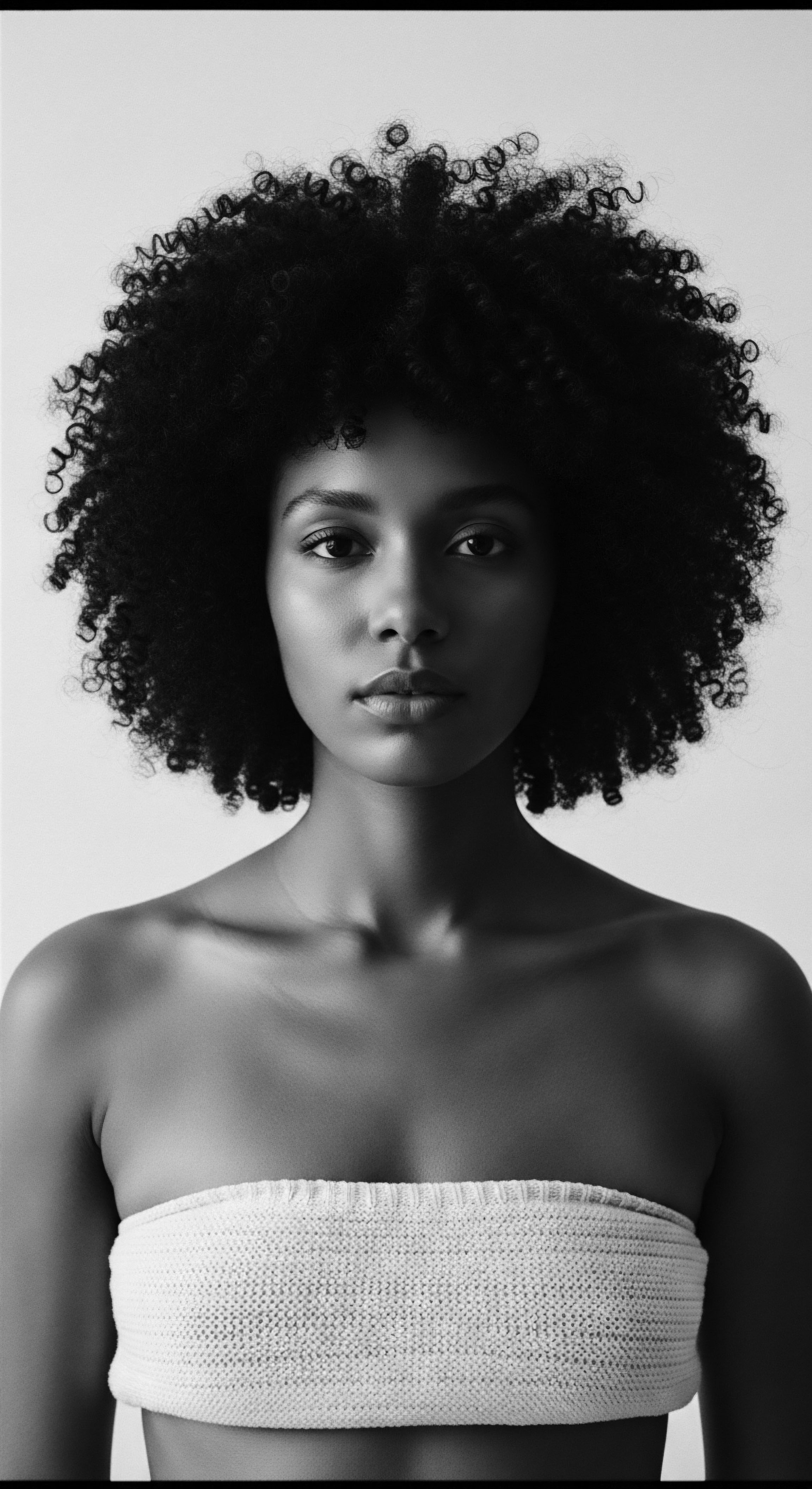
Regimens Born of Necessity
Ancestral hair care was never about fleeting trends; it was about sustained health and preservation, a regimen born of necessity and deep environmental attunement. Communities across West Africa developed routines that protected hair from harsh sun, dust, and laborious daily life. Shea butter was a constant presence in these regimens, applied as a post-wash conditioner, a daily sealant, and a pre-styling balm. These layered applications intuitively understood the needs of textured hair ❉ deep conditioning to restore suppleness after cleansing, sealing to lock in that hydration, and lubrication for gentle manipulation.
Science now affirms this layered approach. Studies on hair hydration consistently demonstrate that a combination of humectants (to draw in water) and emollients/occlusives (to trap it) is most effective for maintaining moisture balance in hair, especially porous textured strands. Shea butter, with its emollient and occlusive properties, effectively serves the latter role, reinforcing the hair’s natural barrier function. This enduring regimen, passed from grandmother to granddaughter, stands as a testament to observational science long before laboratories existed.
- Ancestral Deep Conditioning ❉ Post-wash application of shea butter, often blended with other botanical oils, to soften and detangle.
- Daily Moisture Sealing ❉ Light application of shea butter to ends and length to prevent environmental moisture loss throughout the day.
- Protective Style Preparation ❉ Generous application to hair before braiding or twisting to ensure pliability and reduce friction.
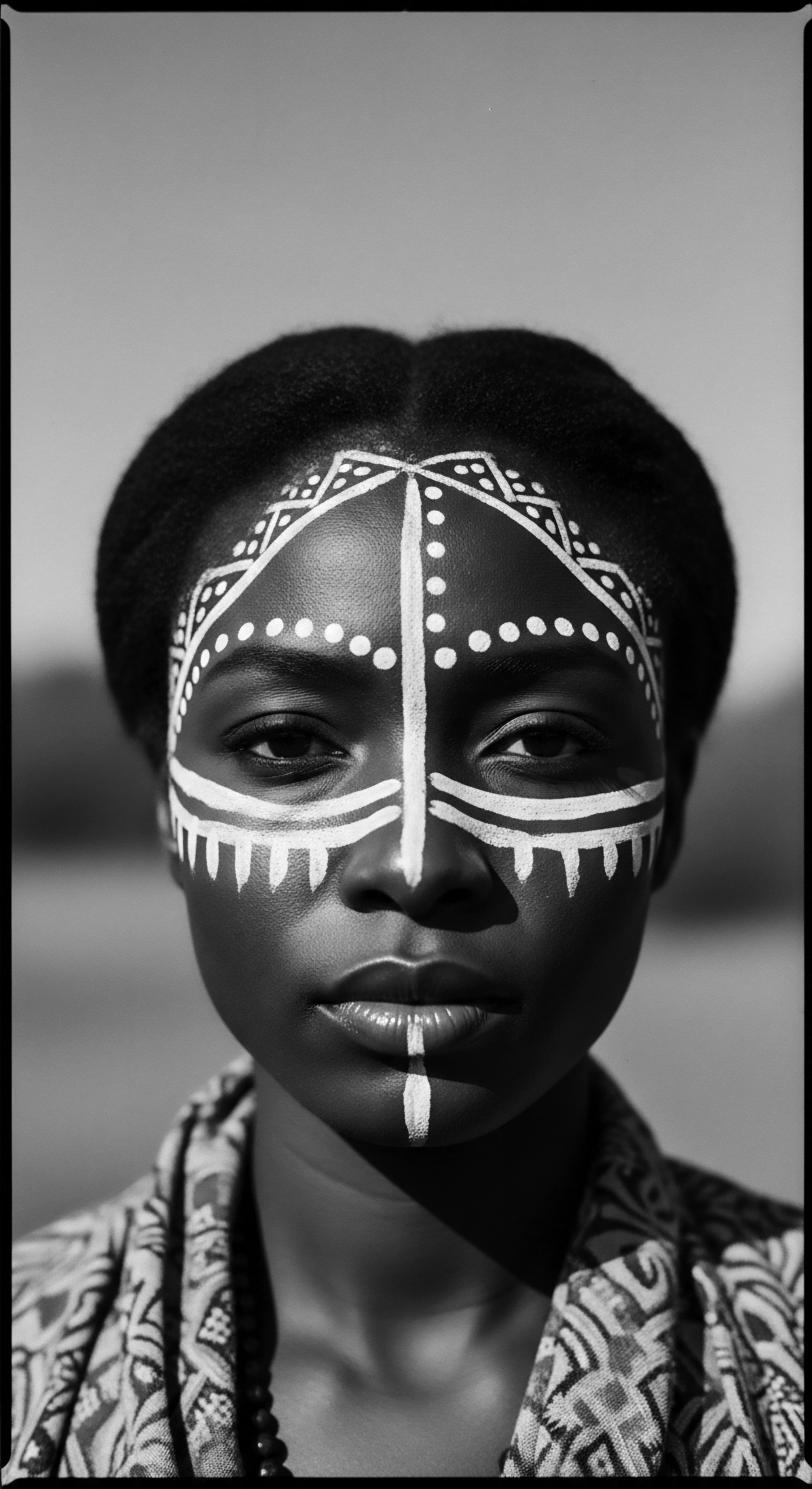
The Evening Balm
The transition from day to night often brings a shift in hair care, a protective winding down that mirrors the body’s need for rest. Nighttime rituals for textured hair, particularly the use of silk or satin head coverings—or even the careful arrangement of hair on special pillows—are deeply rooted in ancestral practices. The primary purpose was to prevent friction against coarse fabrics, which can strip moisture and cause breakage, especially during sleep. Shea butter played a complementary role as an evening balm.
Applied before bed, its occlusive properties helped to seal in any moisture gained during the day, or from an evening spritz of water. This creates a sustained moisture environment for the hair, minimizing dehydration overnight. Scientific analysis supports this ❉ friction against fabrics like cotton can indeed cause significant cuticle damage and moisture transfer. (Martins et al.
2018). The intuitive wisdom of protecting hair at night, bolstered by shea butter, ensured that precious moisture was retained, and hair remained supple, ready for the next day’s journey.
Ancestral nighttime rituals, combined with shea butter, demonstrate a timeless understanding of protecting textured hair from environmental and mechanical stressors while preserving its vital moisture.

How Do Shea Butter’s Anti-Inflammatory Properties Aid Scalp Health?
Ancestral practitioners understood that a healthy scalp was the bedrock of thriving hair. They used shea butter not only on the hair strands but also massaged it into the scalp to soothe irritations, address dryness, and promote a healthy environment for growth. Modern scientific research has provided concrete explanations for these observed benefits. Shea butter contains compounds such as Cinnamic Acid Esters and Triterpene Alcohols, which exhibit anti-inflammatory properties.
These compounds can help calm an irritated or itchy scalp, reducing redness and discomfort. Inflammation on the scalp can impede healthy hair growth and contribute to conditions like dandruff or seborrheic dermatitis. By reducing inflammation, shea butter creates a more conducive environment for hair follicles to function optimally. Furthermore, its emollient properties combat scalp dryness, preventing flaking and tightness. This directly validates the traditional use of shea butter as a soothing agent for common scalp ailments, proving that ancient applications possessed a sophisticated, albeit unarticulated, dermatological understanding.
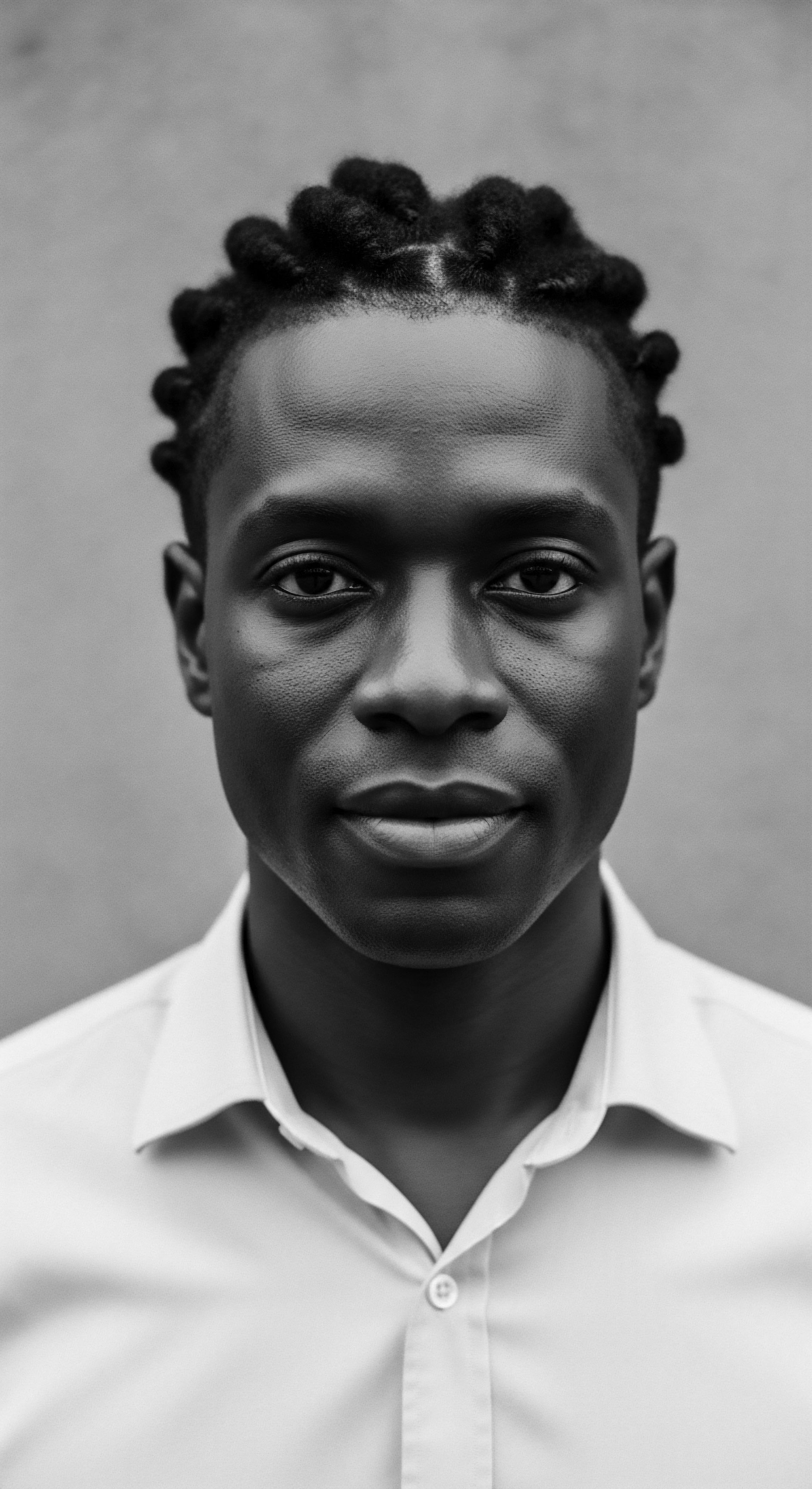
Hair as Chronicle
Beyond its physical benefits, the continuity of shea butter use in hair care rituals speaks to a deeper truth ❉ hair as a living chronicle of identity and resilience. For centuries, textured hair has served as a powerful marker of lineage, status, spirituality, and resistance. The meticulous care, the communal styling sessions, the generational transfer of knowledge—all contribute to a profound sense of self and belonging.
Shea butter, a constant companion in this journey, becomes more than an ingredient; it is a symbol of continuity, of ancestral connection, and of the enduring beauty of Black and mixed-race experiences. It reminds us that caring for our hair, with practices validated by both heritage and laboratory, is an act of honoring our past, affirming our present, and shaping our future.
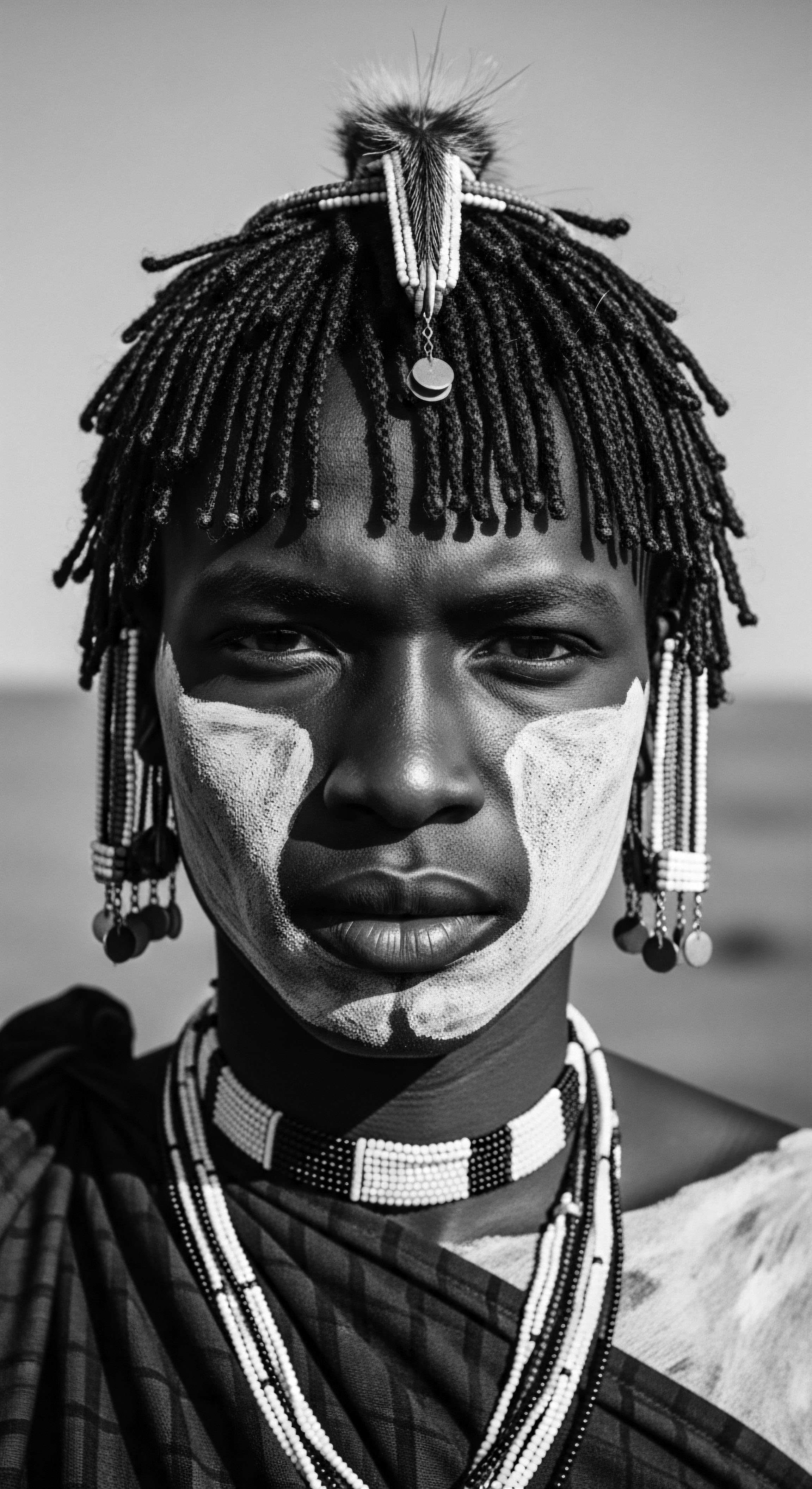
Reflection
To walk the path of textured hair care is to engage in an ongoing conversation with our forebears. Each strand, a spiral of memory and potential, whispers tales of resilience and profound beauty. The simple, golden balm of shea butter, born of African soil, stands as a testament to an ancestral wisdom that intuitively understood the complex needs of our coils and kinks long before beakers and microscopes graced the scientific landscape.
Modern findings do not usurp this knowledge; they echo its truth, amplify its logic, and, in so doing, deepen our reverence for a heritage that continues to nourish us. Our textured hair, sustained by practices honed over centuries and now affirmed by contemporary understanding, stands as a living library, its very existence a celebration of enduring legacy and the soulful art of belonging.

References
- Mogil, B. et al. (2011). Hair Care ❉ An Illustrated Dermatologic Handbook. Springer.
- Martins, K. et al. (2018). The Science of Black Hair ❉ A Comprehensive Guide to Textured Hair Care. K.N. Martins Publishing.
- Agyare, C. et al. (2014). Medicinal Plants and Traditional Medicine in Africa. CRC Press.
- Dawber, R. P. R. (2009). Hair and Scalp Disorders ❉ Clinical and Experimental Dermatology. Blackwell Science.
- Robins, J. (2010). Hair ❉ A Cultural History. Faber & Faber.
- Jackson, J. (2015). Black Hair ❉ Art, Culture, History. Art and Knowledge Publications.
- Adotey, K. A. (2000). Shea Butter ❉ A Natural Skin and Hair Conditioner. African Renaissance Publications.
- Draelos, Z. D. (2015). Cosmetic Dermatology ❉ Products and Procedures. Wiley-Blackwell.
- Kyei, G. N. (2005). The Wisdom of Our Elders ❉ Traditional African Remedies. Heritage Press.
- Schueller, R. (2009). Hair Care ❉ Products and Processes. Marcel Dekker.
